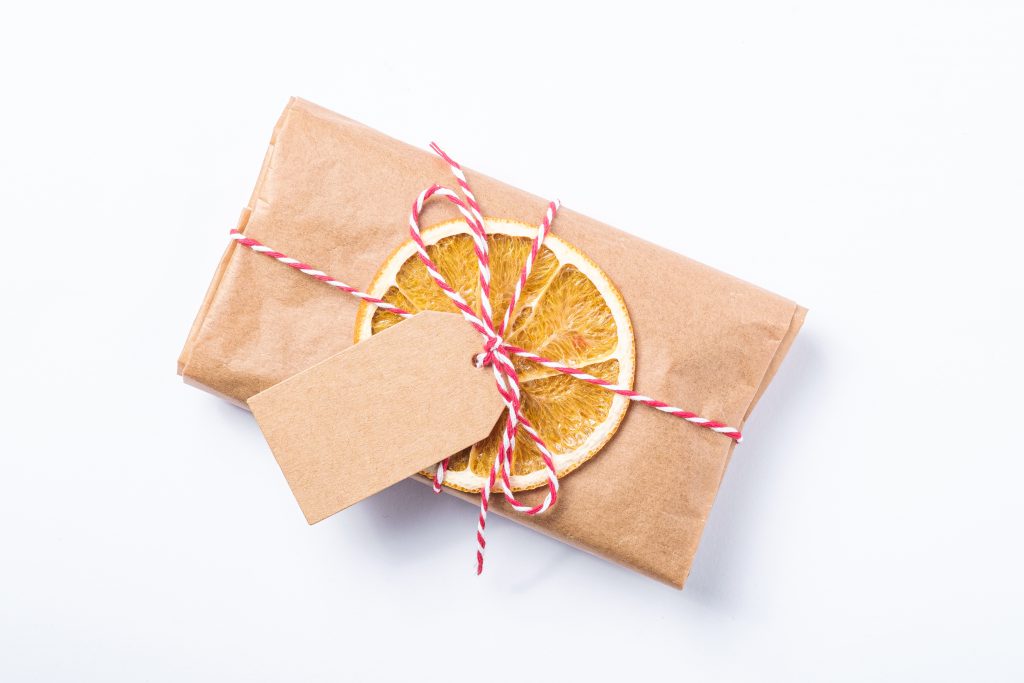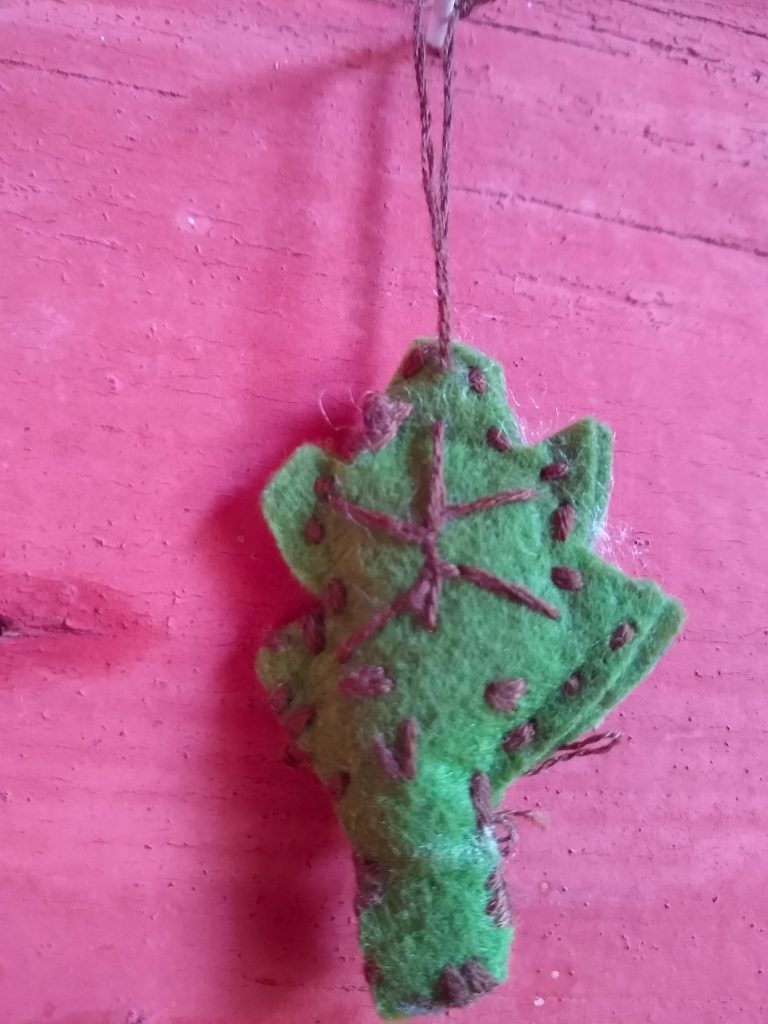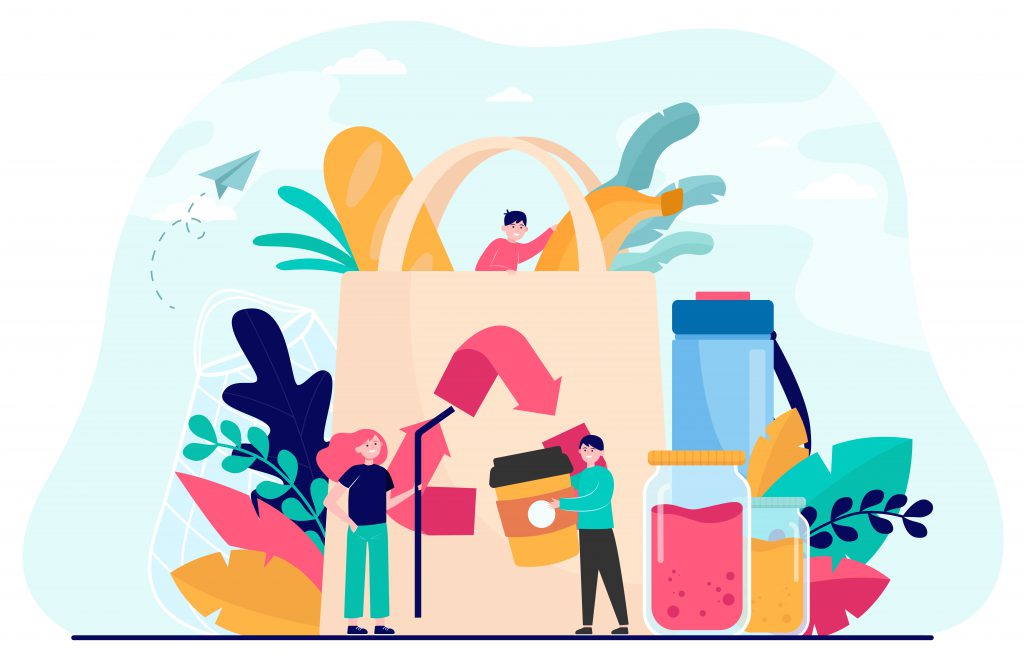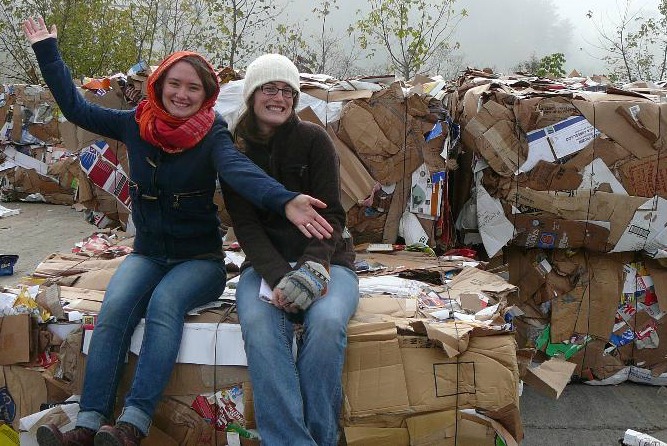
What we throw away is important to consider at all points of the year. It becomes a little more relevant at winter holiday time
, though.Some people celebrate December holidays with gift-giving and big meals. We love food and gifts, but sometimes they make a lot of trash. To celebrate without trash, we can try to use what we already have.
If we do make trash, where does it go? To find out, read about my trip to the landfill. It really motivated me to make less waste!
Here are some suggestions for celebrating a zero-waste winter holiday!
Gift-giving:

- Make presents for your people with materials you have at home: this can be hand sewing scraps of fabric to make a handkerchief, baking some yummy treats, or drawing or painting a present! Handmade presents are affordable, meaningful, and not wasteful!
Here are some ideas. - Wrap presents in recycled materials: I like to wrap presents for my loved ones in paper bags from the store. You can also buy wrapping paper at the store that is made from 100% recycled paper, but try to use paper you have on hand first if you can.
- Carefully unwrap presents without tearing the paper so you can reuse the wrapping next year!
- Give people items you already have that are meaningful to you: Give your friends a book you loved to read, a sweater you’ve cherished, anything you don’t have to go out and buy!
Holiday food:

- Your holiday gatherings might be smaller this year because of the pandemic. Think ahead about how much food you want to make. Scale your meal down from what you normally make if there are fewer people this year. That way, there will be less leftover food that could go bad sitting in the refrigerator.
- Package up whatever food isn’t eaten on the holiday in reusable containers and put it in the fridge for later. You can eat those tasty leftovers for a while without having to cook more food. If you don’t think you can eat the leftovers in a few days, you can put food in the freezer to save for later. If your holiday meal does go bad, try composting it instead of throwing it in the trash.


